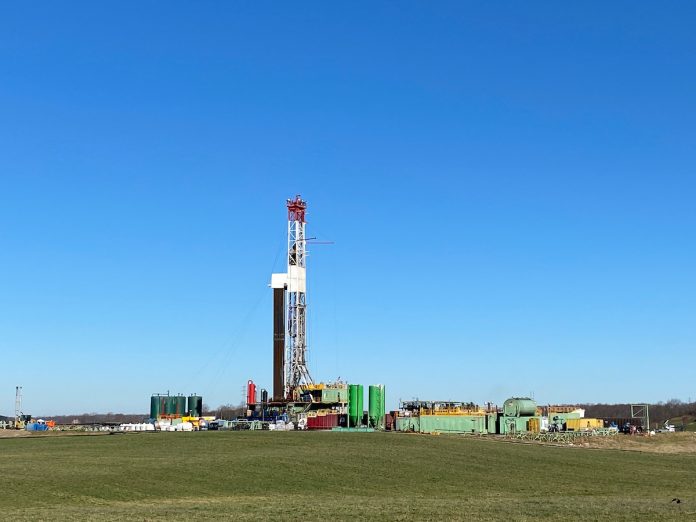WASHINGTON, D.C. — The U.S. Department of Energy is offering up to $35 million to develop technologies to reduce methane emissions in the oil, gas and coal industries.
The new Advanced Research Projects Agency-Energy, ARPA-E, program will support projects that can be replicated easily and commercialized quickly to cut methane accumulation in the atmosphere and mitigate the effects of climate change.
“Methane is the second-largest source of greenhouse gases, many times more potent than carbon dioxide—that’s why it’s crucial we develop solutions to decrease these emissions at their source,” said Secretary of Energy Jennifer M. Granholm, in a statement. “The REMEDY program will help us support the Biden Administration’s mission to tackle climate change head-on, create good-paying jobs, and deliver cleaner, fresher air for American communities.”
REMEDY stands for Reducing Emissions of Methane Every Day of the Year. Methane is a greenhouse gas that is emitted during the production, processing and across the value chain of natural gas, coal, and crude oil.
Recent U.S. Energy Information Administration data estimates show that methane makes up nearly 10% of all greenhouse gas emissions every year, with the energy sector being one of the largest sources of U.S. methane emissions.
ARPA-E’s REMEDY program, will specifically address three target methane production sources in the oil, gas and coal value chain:
- Exhaust from natural gas-fired lean-burn engines used to drive compressors, generate electricity and increasingly repower ships;
- Flares required for safe operation of oil and gas facilities; and
- Coal mine ventilation air methane exhausted from operating underground mines.
REMEDY seeks to directly address the more than 50,000 engines, 300,000 flares and 250 mine shafts that are producing methane emissions.
“We don’t have to choose between climate, jobs, energy and security if we can invent the best greenhouse gas-reducing technologies,” said U.S. Rep. Conor Lamb, D-Pennsylvania, in a statement. “Methane reduction is a critical priority for shale regions like western Pennsylvania and will be a strategic advantage for the United States.”
According to the DOE, successful REMEDY proposals will develop highly-replicable technologies that work to decrease methane emissions across the oil, gas and coal energy generation industries, and directly address challenges related to commercialization of the technologies themselves.
REMEDY funding will be spread across two phases of the program over three years. Phase 1 focuses on confirming the operability of technical proposals, approaches and system components. Following a down-select, Phase 2 teams will confirm performance in a limited field test or in larger, extended-lab-scale test environments. ARPA-E encourages diverse teams to apply for this funding, including those with manufacturing and operations expertise.
Find more information on the REMEDY funding opportunity here. Details on how to apply can be found on ARPA-E eXCHANGE.
STAY INFORMED. SIGN UP!
Up-to-date agriculture news in your inbox!










